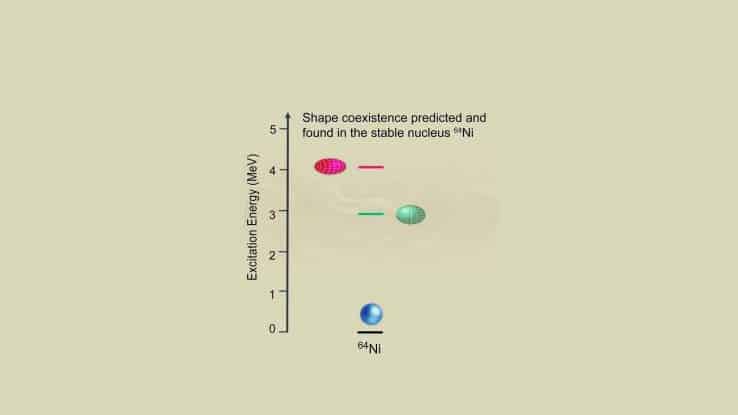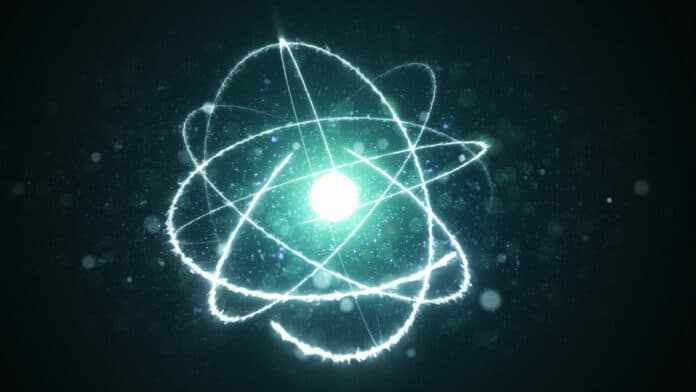Four fundamental forces- the electromagnetic force, gravity, and the weak and strong nuclear forces- that govern the universe simultaneously describe particle interaction and how this interaction makes up the world.
Researchers are one step closer to comprehending the strong nuclear force, one of the most mysterious forces, thanks a recent study from the University of North Carolina at Chapel Hill and the U.S. Department of Energy’s (DOE) Argonne National Laboratory.
Their research builds on fundamental theories of atomic structure developed by Nobel Prize-winning Argonne physicist Maria Goeppert Mayer in the early 1960s. She contributed to the creation of a mathematical model of nuclear structure. Her theory clarified a long-standing mystery among scientists: why particular numbers of protons and neutrons in an atom’s nucleus make it very stable.
By investigating how the structure of a nucleus can change when it is formed in an excited state through a nuclear reaction, the research team has previously conducted comparable experiments to examine the strong nuclear force. They looked into the 64 neutrons and proton nickel-64, which resulted from these and other studies conducted abroad. This nucleus weighs more than any stable nickel nucleus, with 28 protons and 36 neutrons. When stimulated to higher energy levels, the characteristics of this nickel isotope enable it to change its structure.
For their experiment, the team used the Argonne Tandem Linac Accelerator System, a DOE Office of Science user facility, to accelerate a sample of Ni-64 nuclei toward a lead target. The lead atoms were able to excite the Ni-64 nuclei through the electromagnetic forces resulting from the repulsion between the lead and the nickel protons.

It resembles the procedure for heating a bag of popcorn in the microwave. The kernels start to explode into various shapes and sizes as they warm up. The popcorn that comes out of the microwave is different from what went in, and more importantly, the energy applied to the kernels caused them to change their structure.
The gamma rays produced when the Ni-64 nuclei decayed back to their ground state were discovered by the GRETINA instrument after the Ni-64 nuclei were stimulated. The orientation of the particles involved in the contact was ascertained by CHICO2, a different detector. The team could identify the shape (or shapes) that the Ni-64 assumed as it was exciting, thanks to the data collected by the detectors.
The data analysis revealed that the Ni-64 nuclei stimulated by interactions with lead also underwent structural alteration. However, depending on the amount of energy applied, the nickel’s spherical atomic nucleus either turned into an oblate shape, similar to a doorknob, or a prolate shape, similar to a football. This discovery is exceptional for heavy nuclei like Ni-64, which have a lot of protons and neutrons.
Robert Janssens, a professor at UNC-Chapel Hill and co-author of the paper, said, “A model is a picture of reality, and it’s only a valid model if it can explain what was known before, and it has some predictive power. We are studying the nature and behavior of nuclei to improve our current models of the strong nuclear force continuously.”
“The findings in Ni-64 and surrounding nuclei can lay the foundations for future practical discoveries in the nuclear science field, such as nuclear energy, astrophysics, and medicine. More than 50% of the medical procedures in hospitals today involve nuclear isotopes. And most of these isotopes have been discovered while doing fundamental research like we are doing.”
Journal Reference:
- D. Little, A. D. Ayangeakaa, et al. Multistep Coulomb excitation of 64Ni: Shape coexistence and nature of low-spin excitations. Phys. Rev. C. DOI: 10.1103/PhysRevC.106.044313
